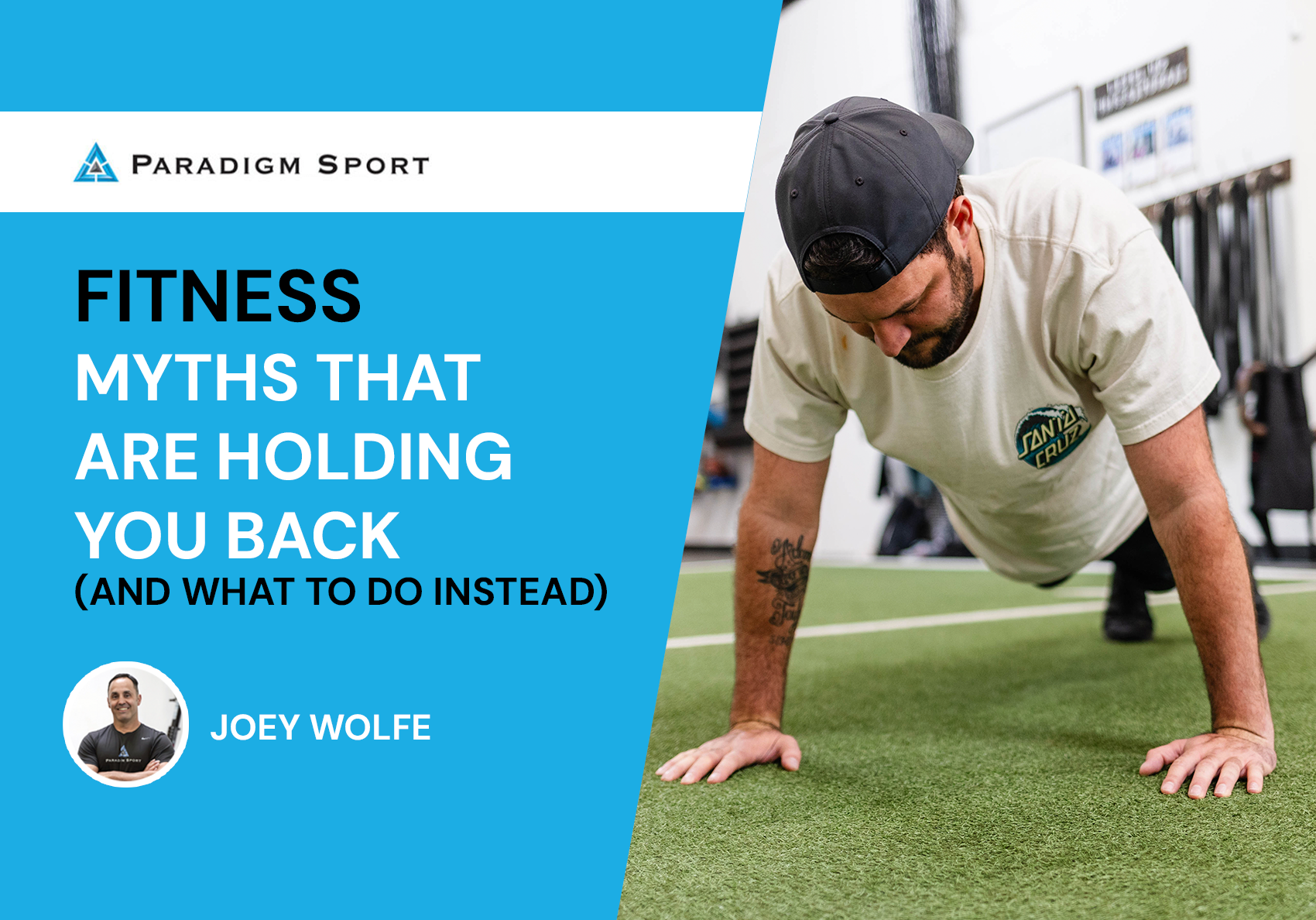
et’s talk about the wild world of fitness myths. You know, those nuggets of advice you’ve probably heard at a cocktail party or seen on social media. They sound believable—maybe even inspiring—but they’re often dead wrong.
One of the biggest myths? “If you’re not sore, you didn’t work hard enough.”
At first glance, this seems legit. Soreness equals results, right? Wrong. Chasing soreness can lead to overtraining, injuries, or just plain burnout. Plus, it’s not always an indicator of progress. Some of the best workouts leave you energized, not crawling to your car!
Myth 1: “No Pain, No Gain”
Here’s the deal: Pain is your body’s way of saying something’s wrong. There’s a big difference between challenging your muscles and pushing through actual pain. Discomfort from effort? Good. Sharp, stabbing pain? Bad. Ignoring this myth will keep you from sidelining yourself with injuries.
What to do instead: Focus on pushing yourself safely and stopping if something feels off. Strength and progress don’t require suffering—they require smart training.
Myth 2: “Lifting Weights Will Make You Bulky”
This one refuses to die, especially among women. The truth? Getting “bulky” takes a very specific combination of genetics, training, and nutrition. For most people, weightlifting builds strength, burns calories, and creates that toned look everyone wants.
What to do instead: Embrace weights! They’re one of the best ways to improve your metabolism, strengthen your bones, and build lean muscle.
Myth 3: “You Can Spot-Reduce Fat”
Want a flat belly? Crunches won’t cut it. The idea that you can target fat loss in specific areas is pure fiction. Fat loss happens all over your body, and it’s driven by creating a calorie deficit through exercise and healthy eating.
What to do instead: Combine strength training, cardio, and solid nutrition for a balanced approach. The abs will come—you just have to be patient!
Myth 4: “More Workouts = Better Results”
It’s tempting to think that if three workouts a week are good, six must be better. But overtraining can actually stall progress by exhausting your muscles and raising your stress hormones.
What to do instead: Quality over quantity. Give your body time to recover with rest days, mobility work, and active recovery. Balance is key!
Why This Matters
Falling for these myths can make fitness feel frustrating or even impossible. By replacing myths with facts, you’ll train smarter, avoid burnout, and actually enjoy the process. And isn’t that the goal?
Talk soon,
Joey Wolfe
PS: Ready to ditch the myths and train smart? Try 2 weeks of unlimited Team Training and Small Group Personal Training for just $49. Click [here] to sign up and start moving better today!


